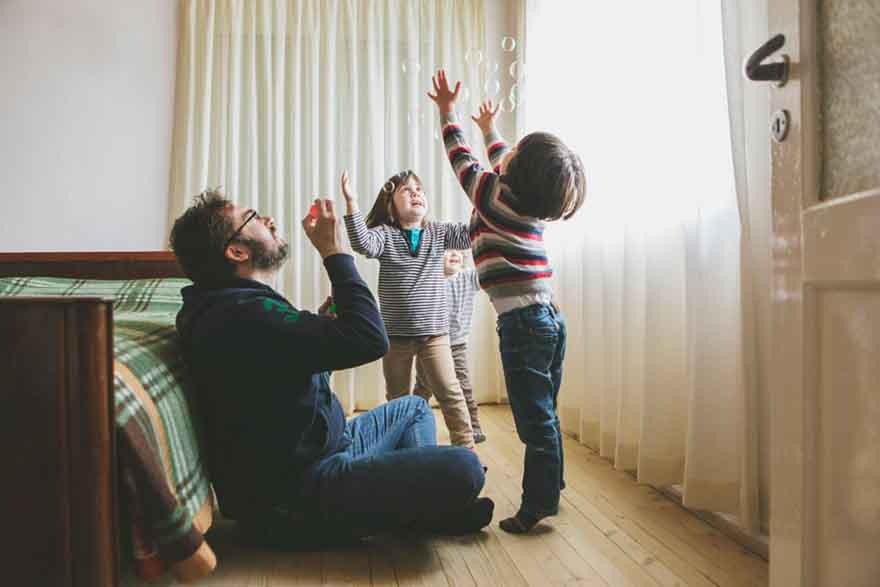Everyone wants the best for their child, but not everyone knows how to go about it. Most want to go by their instincts, but what’s truly the best way to go about instilling personal development into a growing and learning young kid?
Well, there’s a type of parenting that’s been making waves recently and has been getting a lot of praise. It’s known as “positive parenting”. What is it, though, and how is it different from other forms of parenting? Well, I’ll give you the rundown.
What is Positive Parenting?

Positive parenting focuses on three goals: guiding, teaching, and empowering your child. Through this, you are nurturing personal development and self-growth within the child.
While positive parenting may seem like something all parents do by default, the difference can be seen in certain situations, such as when correcting bad behavior as it is necessary sometimes to discipline your child with special needs (examples: PDA, Autism, ADHD etc).
For example, let’s imagine that your child has decided to have a tantrum in public. It’s a mortifying experience that every parent has experienced at least once, and it’s something no one wants to be in the center of. There’s immediately a ton of eyes on you, and the pressure of having to correct the behavior in the middle of a store or at an event is what leads a majority of parents to respond in negative ways. Yelling and spanking are the usual methods of getting a child to behave.
Positive parenting, however, takes that situation and tries a separate method in order to resolve the behavior, and it’s through being calm and respectful of your child’s emotional needs while still correcting the behavior. Try using the emotions color wheel to guide your child.
These help instill a sense of self-growth in the child and help them to develop rapidly at a young age, affecting them even into adulthood.
Rules of Positive Parenting

Positive parenting has some select guidelines that make it unique when compared to other forms of parenting. Here are the major rules when implementing positive parenting into your child’s development:
- Try to find the root of your child’s bad behavior. Help your child reflect on what might be causing their bad actions and deal with that problem appropriately. For example, it might be a good idea to teach your child appreciation.
- Offer understanding of what your child has shared with you. If you ignore their feelings or outright dismiss them, the child is less likely to develop as strong of a relationship with you as they truly could. After all, if you don’t care about their feelings, why should they care about yours or stop their bad behavior? It offers a sense of empathy and self-discipline.
- Avoid lashing out. A child who has a restrained and calm parent who doesn’t scream, spank, or ignore them is more likely to develop a strong sense of empathy and understanding.
- Let the child know that they’re bad behavior is unacceptable and that there are better ways of communicating their wants and needs. Here’s a good way to start. “We’re not getting ice cream today, and screaming and crying will not change my mind.” Finish it off by telling your child how to better express their wants in the future, and if they want to know why, you can discuss it with them. Don’t use the “because I said so”.






